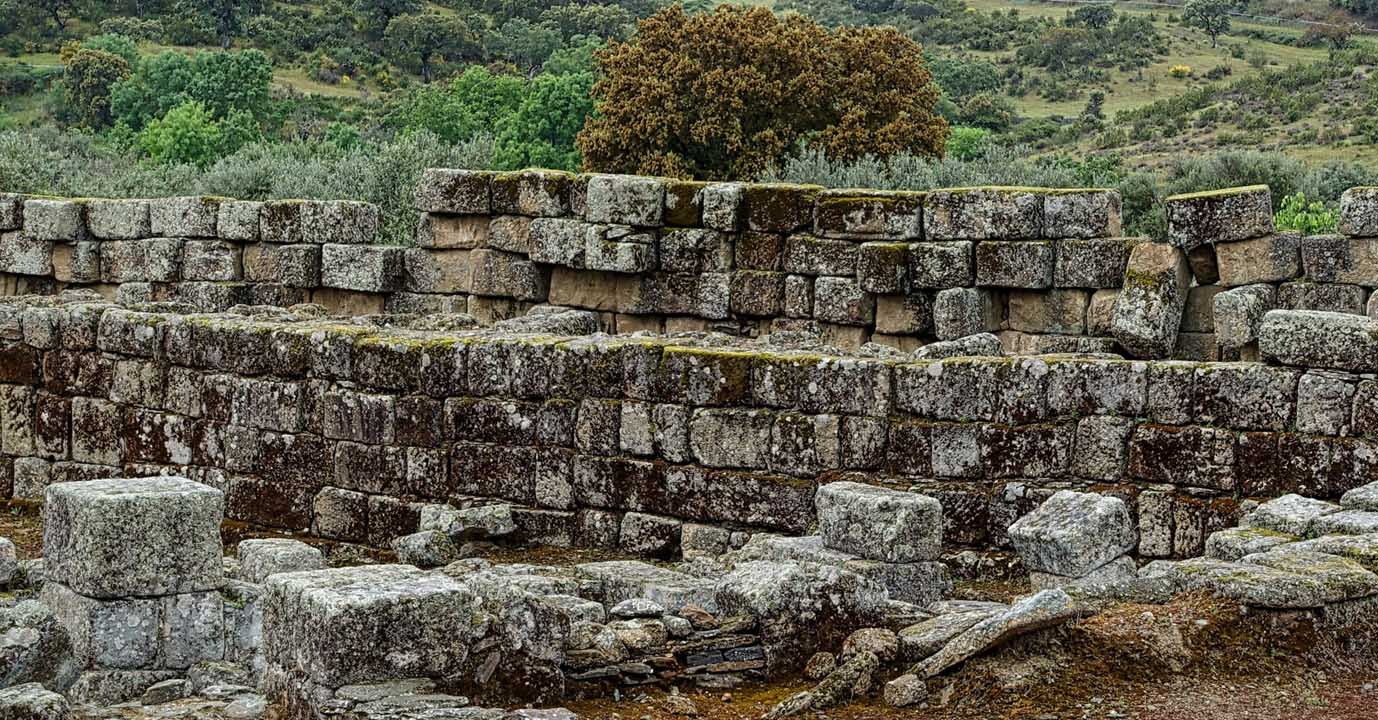Archaeological deposit as an asset of cultural interest

In my previous article, Protection of movable or immovable property of artistic, cultural or historical value, I described Situation C, which was raised by my client in the Firm:
“The family of a friend (more than a client, but also), had and still has a family farm in a province of Castile and Lion. When carrying out the necessary works for the pool, the workers discovered some aligned rocks that turned out to be ancient tombs, of Visigothic origin or from the Early Middle Ages. The owners of the land where this apparition took place had never suspected they were on top of a site of these characteristics and understood that what had happened was a great responsibility. However, they had doubts: was the discovery a reason for the State to expropriate the farm so they could carry out the prospecting they deemed appropriate? In the event of an expropriation not taking place, what role would the owners of a farm where what clearly appeared to be an archaeological site have appeared? It was a farm owned by his family for generations, with agricultural and livestock farms and he did not want the discovery to affect that situation.”
In reality, the query is motivated by a legitimate desire not to be harmed by the appearance of archaeological remains on a farm owned by his family. My client, as a friend whom I have known for a long time, is a determined defender of the Spanish cultural heritage but is afraid of performing any act or omission that could harm his own personal and family heritage.
According to art. 15.5 of the Historical Heritage Law Spanish (LPHE), we would be facing an ARCHAEOLOGICAL ZONE, which is defined as:
“Archaeological zone is the place or natural setting where there are movable or immovable assets that can be studied with archaeological methodology, whether or not they have been extracted and whether they are on the surface, underground or under Spanish territorial waters”.
It would be a property that integrates the Spanish Historical Heritage and is constituted as a Asset of Cultural Interest (BIC), as indicated in art. 14.2 LPHE. However, as it has been discovered by chance and not prior to the design of an archaeological prospecting plan, at the time of discovery, the site did not enjoy a BIC qualification that would have to be urged by the owner of the land where it was located. have found.
Once the procedure for declaring the deposit as a BIC is initiated, the possibility of its expropriation opens up, that is inevitable, but we must try to advise our friend and client in the terms in which this expropriation would be carried out to know what to expect. Before the expropriation, there must be a series of circumstances as we will see below.
Art. 76 of the Compulsory Expropriation Law (LEF) establishes that:
“The expropriation of property, movable or immovable, of artistic, historical or archaeological value, will be carried out in accordance with the provisions of this Law, with the particularities established in the following articles.”
The general conditions that allow expropriation in our legal system have been determined, for example, by the Supreme Court Judgment of March 27, 2007 when it requires compliance with:
“1) Whether the measure is suitable or adequate to achieve the constitutionally legitimate purpose pursued by it (suitability judgment).
2) If the ideal or appropriate measure is also necessary, in the sense that there is no other less harmful measure for the achievement for this purpose with equal effectiveness (judgment of necessity).
3) If the ideal and least harmful measure is weighted or balanced, because its application derives more benefits or advantages for the general interest than damages to other assets or conflicting interests (judgment of proportionality in the strict sense)”.
The LPHE only provides for expropriation in response to the negligence or negligence of the owners of a BIC or as a reaction to the danger of destruction or deterioration or a use incompatible with its values, which it will not always have its origin in the negligence of the owner of the BIC.
At the moment the client/friend consults us, expropriation is not necessary, but only the TEMPORARY OCCUPATION of the necessary part of the property to carry out the works of the archaeological site. This procedure is included in art. 108 LEF and the compensation that the Administration will pay for this temporary occupation will cover, according to art. 115LEF:
“Appraisals, in cases of temporary occupancy, will always refer to the appreciation of the yields that the owner has ceased to receive due to the rents due during the occupation, adding, in addition, the damages caused to the property, or the expenses involved in restoring it to its original state. The appraisal of an occupation of the value of the property must never be reached, and the Administration, in cases in which it seems excessive, may request the appraisal of the expropriation pure and simple by the procedures that this Law determines, and always opt for it. that its amount does not exceed one half of the damages caused.”
Therefore, based on the concerns of our client/friend, we can conclude that:
- The first thing to do is request the BIC declaration of the archaeological site before the competent regional authority.
- Once this declaration has been obtained, the Administration will initiate the temporary occupation procedure where it must agree with the owner the lump sum price for the temporary occupation of the land. The part of it that must be occupied will be strictly necessary to cause the least damage to the property.
- Once the archaeological exploration work has been completed and its extension, value, importance and other determining elements of its nature have been determined, the Administration will be the one that requires the property of the BIC to assume the obligations established in the LPHE for its adequate conservation, maintenance and custody and with the limitations indicated, specifically, for the owners of archaeological sites (art. 22 LPHE).
Finally, we would indicate to the client/friend that, for a mere budgetary issue, expropriation is the last measure that the Administration always adopts, settling for a task of monitoring the conservation of the BIC like the one we are dealing with. The farm would continue to be his and, if that were his wish, the agricultural and livestock exploitation could continue in the future as long as the site itself is not affected.
[fusion_highlight color=”rgba(0,144,142,0.3)” rounded=”no” class=”” id=””]You may be interested in: “Assets of cultural interest. Objective limitations on property rights ” – “Goods included in the general inventory of Historical Heritage Spanish”
Luis Ester Casas
Lawyer expert in Civil and Commercial Law
15/12/2019






